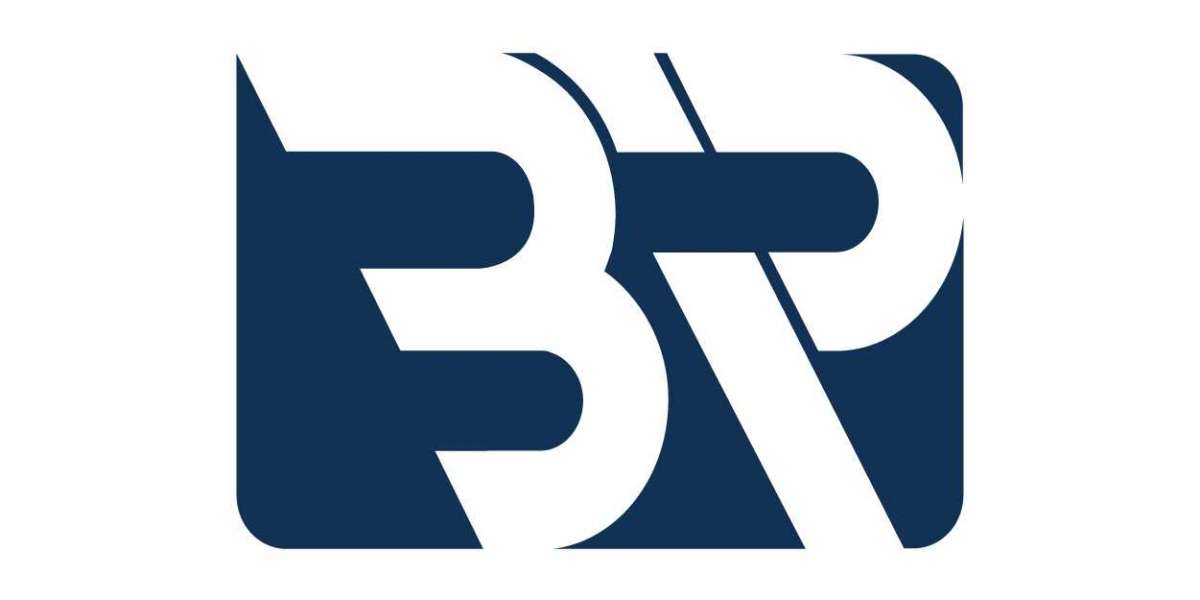In today’s rapidly evolving educational landscape, the use of technology has become essential to ensure effective learning and training. One such technological advancement that has significantly impacted education is the Learning Management System (LMS). Whether for schools, universities, or businesses, an LMS is designed to streamline the learning process, making education accessible, organized, and effective. In this blog, we will explore what an LMS is, its key features, benefits, and why it’s an integral part of modern education.
1. What is a Learning Management System (LMS)?
A Learning Management System (LMS) is a software platform that enables the creation, delivery, and management of educational courses, training programs, and development activities. It centralizes the learning experience, allowing educators, trainers, and institutions to create educational content, distribute it to learners, assess performance, and monitor progress all in one place.
LMS platforms can be used for a variety of learning environments, including corporate training, online universities, and K-12 education, offering the flexibility to accommodate different types of users and learning goals.
2. Key Features of a Learning Management System
a. Course Creation and Management
An LMS allows educators to create and manage course content, including videos, reading materials, quizzes, and interactive activities. This feature ensures that course materials are accessible to students anytime, anywhere.
b. Student Assessment and Grading
The platform offers assessment tools like quizzes, assignments, and exams to measure learner progress. Automatic grading features save time for educators and provide immediate feedback to students.
c. Learner Tracking and Analytics
A crucial feature of an LMS is the ability to track student progress. Educators can monitor engagement, performance, and completion rates, enabling them to make data-driven decisions to improve the learning process.
d. Mobile Accessibility
Many LMS platforms are mobile-friendly, ensuring that learners can access their coursework from smartphones or tablets. This makes learning more flexible and accessible, especially for students in remote areas or those balancing work and education.
e. Communication Tools
An LMS fosters better communication between learners and instructors through forums, messaging systems, and announcements. These tools ensure that students can ask questions, participate in discussions, and stay updated on course activities.
f. Certifications
LMS platforms often include certification options, which allow students to receive credentials upon course completion. This is especially useful for professional development and corporate training programs.
3. Benefits of Using a Learning Management System
a. Flexibility in Learning
One of the most significant advantages of an LMS is the flexibility it offers. Learners can access course materials at their own pace and convenience, making it easier for them to balance their studies with other responsibilities, such as work or family.
b. Centralized Learning Environment
An LMS provides a centralized space where all educational materials are stored and organized. This ensures that students can easily find the resources they need, leading to a more streamlined and efficient learning experience.
c. Cost-Effective
Using an LMS reduces the costs associated with traditional learning, such as printing materials, renting physical classrooms, or hiring trainers. Additionally, it eliminates the need for travel, as learners can access the platform from any location.
d. Consistent Learning Experience
An LMS ensures that all learners receive the same quality of instruction, regardless of their location. This consistency helps maintain educational standards and ensures that all learners achieve the same learning outcomes.
e. Immediate Feedback
The assessment tools within an LMS provide instant feedback to learners. Immediate grading of quizzes or exams helps students understand their performance and areas of improvement right away, contributing to a better learning experience.
f. Scalability
Whether you’re managing a small group of learners or thousands of students across multiple locations, an LMS is scalable to accommodate various class sizes. This scalability makes LMS platforms suitable for institutions of all sizes.
4. Types of Learning Management Systems
a. Cloud-Based LMS
A cloud-based LMS is hosted on the vendor’s servers and accessed through a web browser. This type of system is popular because it requires no installation, and users can access it from any location. It is highly scalable and cost-effective for organizations of all sizes.
b. Self-Hosted LMS
A self-hosted LMS requires the institution to host the software on its own servers. While it offers more customization options, it often requires significant technical support and infrastructure.
c. Open-Source LMS
Open-source LMS platforms are customizable and free to use, though they may require technical expertise to set up and manage. Popular open-source LMS options include Moodle and Open edX.
d. Corporate LMS
Corporate LMS platforms are designed for employee training and development. They often include additional features like compliance tracking, certification management, and integration with other business software.
5. LMS in Different Learning Environments
a. K-12 Education
In K-12 settings, an LMS enhances classroom learning by providing students with access to digital lessons, assignments, and quizzes. It also helps teachers monitor student progress and communicate more effectively with parents.
b. Higher Education
In universities and colleges, an LMS supports online degree programs, blended learning, and continuing education. It also provides a space for professors to share lecture materials, assignments, and announcements with students.
c. Corporate Training
In corporate environments, an LMS is used for employee training and professional development. It allows companies to deliver consistent training to employees across multiple locations, ensuring compliance and improving workforce skills.
d. Online Learning
LMS platforms are essential for online-only institutions, allowing them to offer fully digital degrees and certifications. These systems enable seamless course delivery, assessments, and learner support.
6. Challenges of Implementing an LMS
a. High Initial Setup Costs
Although LMS platforms can save money in the long run, the initial setup costs can be high, especially for institutions that require customization and integration with existing systems.
b. Technical Training
Instructors and students need to become familiar with the system, which may require time and resources for proper training. Resistance to technology can be a barrier in some cases.
c. Content Creation
Creating engaging and effective course materials for an LMS can be time-consuming. Instructors may need to adapt traditional lessons for the digital environment, which can require additional effort.
7. Choosing the Right LMS
When choosing an LMS, it’s important to consider the specific needs of your institution or organization. Factors to evaluate include ease of use, customization options, scalability, support, and pricing. Whether for a small business or a large university, selecting the right LMS can have a significant impact on the success of your learning and training programs.
8. Conclusion
A Learning Management System (LMS) is a powerful tool that enables educational institutions and businesses to deliver a more flexible, efficient, and engaging learning experience. With features like centralized content, flexible learning, and continuous assessment, an LMS provides the framework for modern, effective education and training. As technology continues to shape the future of education, the use of LMS platforms will only grow, making them indispensable for learners and educators alike.






